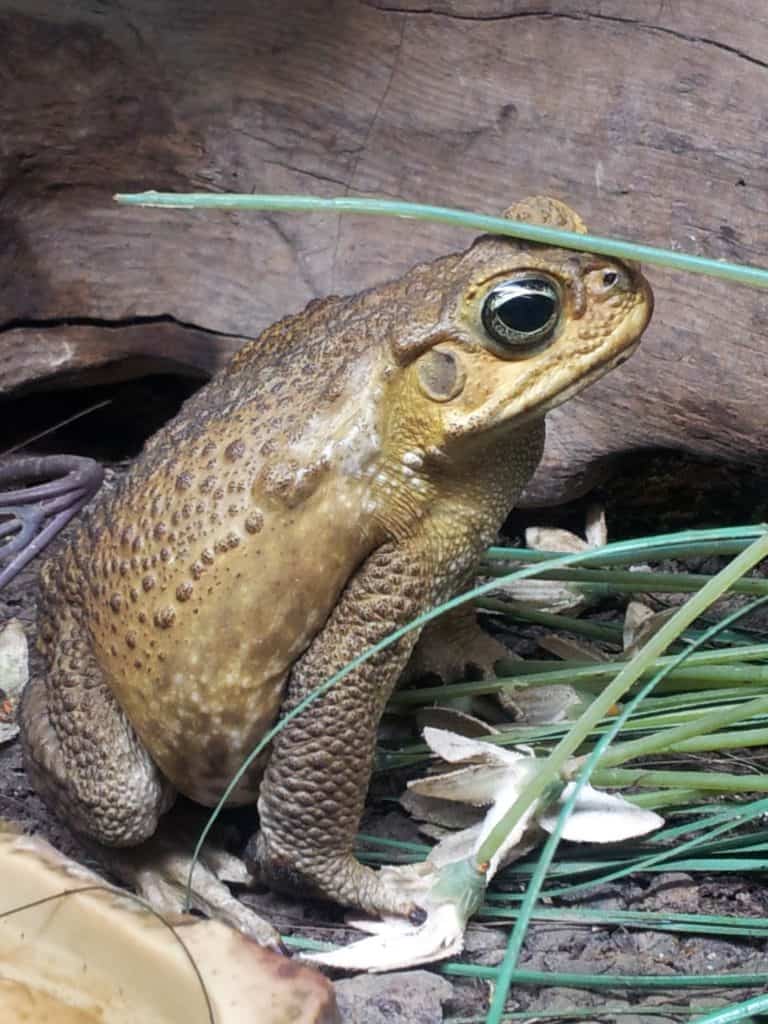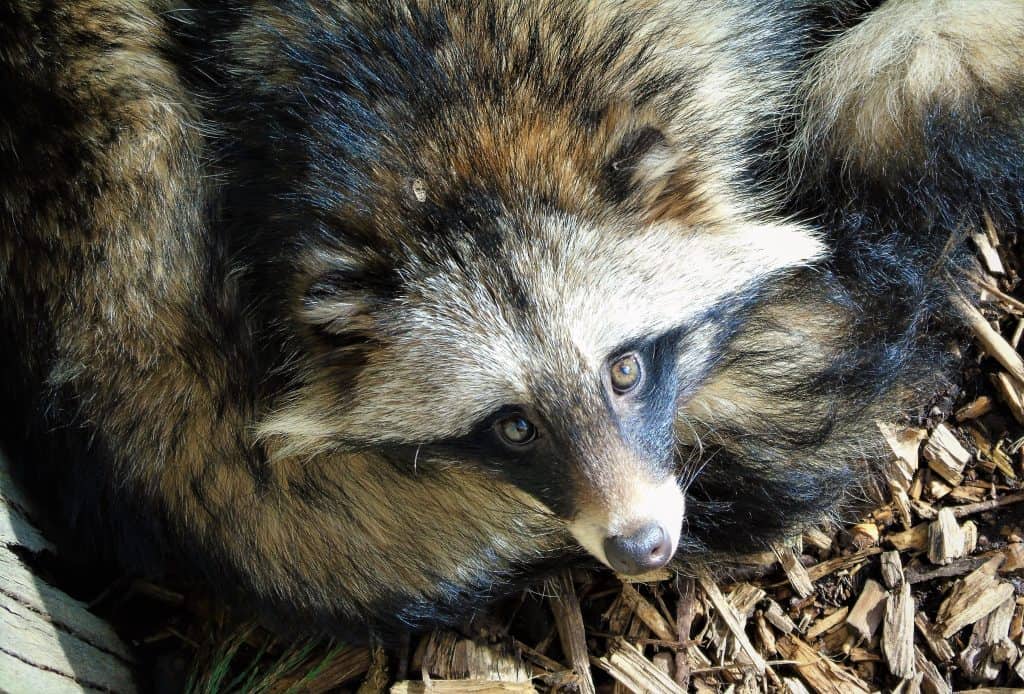An invasive species is one that has been introduced to a new environment. It’s presence there has a negative impact, sometimes on a large scale.
There are many reasons for these introductions. It may have been accidental, rats for example stowed away on ships and were transported unknowingly. Plants have been imported for peoples gardens and the seeds dispersed.
Some are deliberate such as the cane toad in Australia. These were introduced to reduce beetles that were destroying crops. Unfortunately, they ended up in the wild and their numbers skyrocketed having a devastating effect on both flora and fauna.

Many domestic animals have been brought to new places as food or companionship. Any that escape captivity may thrive in the wild, outcompeting those that already exist there. Here in the uk are many examples. Ring neck parakeets, either through escape or release ended up loose here in the 1970’s and although found originally in warmer regions have been able to survive our cold winters.
Another well known species introduced by us is the grey squirrel, a frequent sight in many parks and gardens. It carries diseases which our native red squirrel had no immunity to and so drastically reduced their numbers forcing them out of vast areas of the UK.
Here at Wingham we have several species which are classed as invasive species. The raccoon dogs which recently moved over from Sandwich Wildlife Park being an obvious example. These have been kept as pets due to their cute appearance.
However, they do not make good pets as they can be vicious. Welfare wise they live in groups making them social so keeping a lone one can be stressful for them. They also have a strong odour and like to dig so keeping them in the house isn’t very suitable. People have been known to simply release animals they don’t want anymore thus spreading them to new areas. The raccoon dog is an omnivore with a wide pallet and so is competition for native animals. They may also carry diseases which are new to existing fauna so they don’t have immunity to them. Our raccoon dogs along with the other invasive species here act as ambassadors just like all the other animals, allowing us to bring up this very important subject.

You may have also heard of our new exhibit, the Bug House. Part of which is going to be a white clawed crayfish hatchery. The white clawed crayfish is our only native crayfish species which has been seriously affected by the introduced signal crayfish. It has an endangered status on the IUCN red list so all help it receives is vital to its survival.


